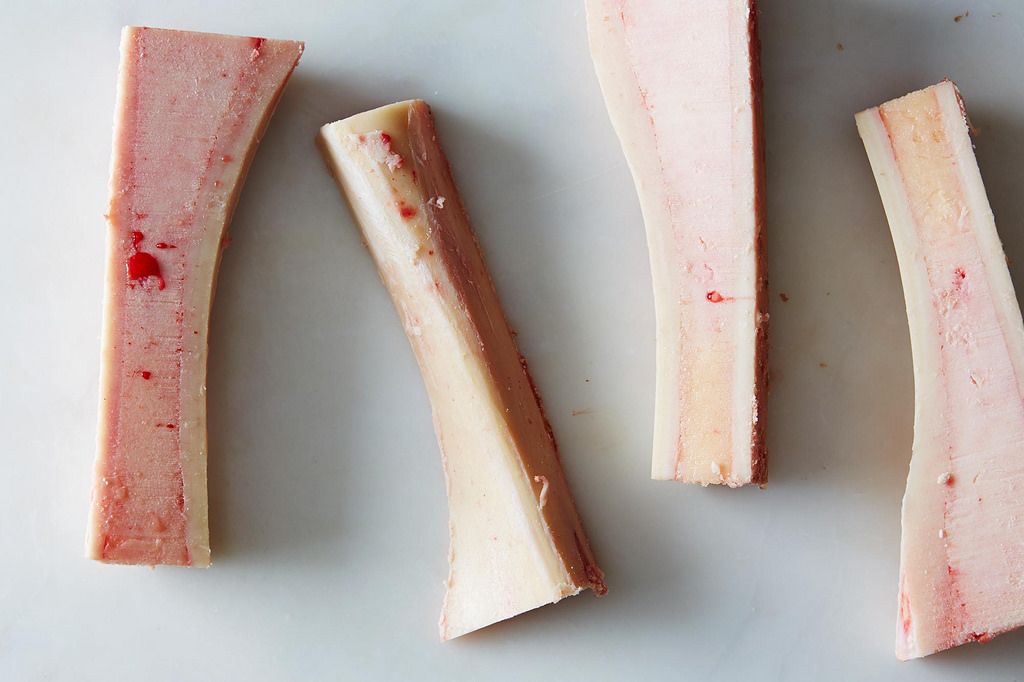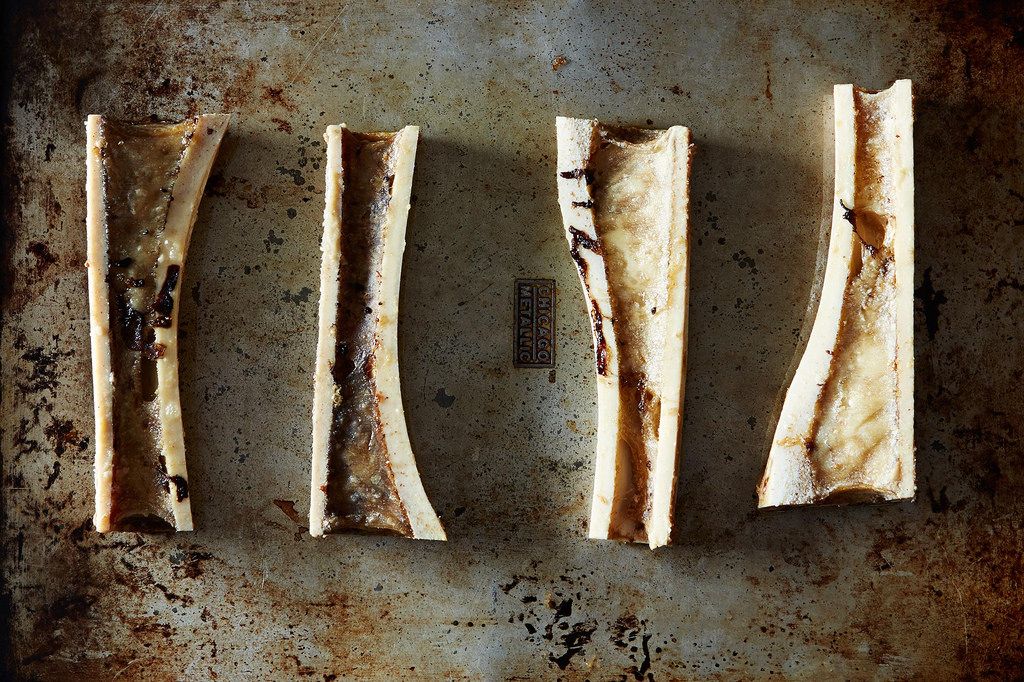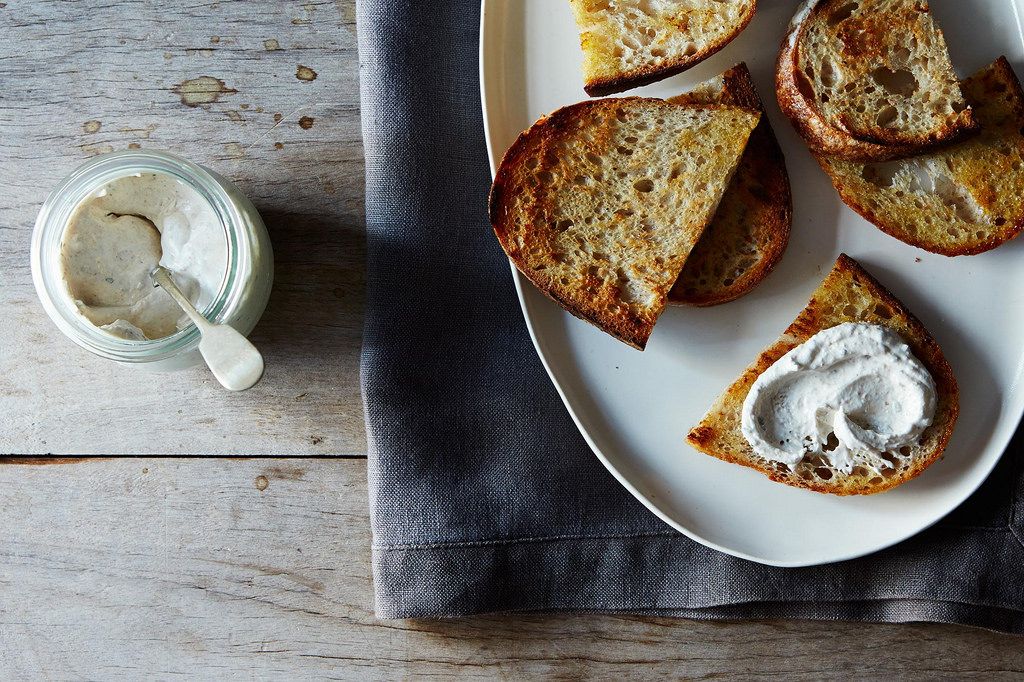Each week, Cara Nicoletti of The Meat Hook is helping us get to know our favorite cuts a little bit better – and introducing you to a few new ones, too. Read on, study up, then hightail it to your nearest butcher.
Today: Learn how (and why) to use bone marrow as a rich, buttery addition to your favorite dishes.

Ever since the Paleolithic diet craze exploded a couple of years ago, there has been much buzzing about the miraculous benefits of eating bone marrow, which may have put it on your radar in a way that it wasn’t before. In years past, we sold marrow bones at a steady but slow pace at The Meat Hook, mostly to people looking for something that their large dog could chew on. These days though, people are buying marrow bones for their own consumption at a pace so dizzying we rarely have any in stock by the end of the week!
It’s always tricky when a food suddenly gets labeled a “superfood,” because it can make the line between fad and fact a little bit blurry. The truth is, though, that bone marrow has been lauded for its health benefits for centuries by nearly every culture in the world. In Chinese cooking, bone marrow is thought to support the chi and nourish the kidneys, and is often served in the form of rich broths. Marrow bones are used to make pho in Vietnamese cooking, Italian osso buco, French pot-au-feu, German Markklößchen, Pilipino bulalo, South Asian nalli nihari -- the list goes on! So even if you’re a paleo-skeptic, you can feel good knowing that bone marrow isn’t just a flash-in-the-pan health craze.

Let’s start with the basics: What is bone marrow?
Bone marrow is the soft, fatty tissue inside the bone cavity of large bones where blood cells are produced. Marrow is nutrient-dense and contains collagen for improved joint function, plus easily digestible forms of zinc, phosphorous, calcium, and iron. It is a great source of omega-3 fatty acids, lipids, and Vitamin A. Marrow has been shown to boost immunity and wound-healing, support brain and hormone function, and aid in digestion by rebuilding damaged intestinal lining.
An added bonus: It’s deliciously rich and creamy, like meat-flavored butter.
You can use marrow bones to make bone broth, or you can roast the bones and use the marrow the same way you would use butter -- spread it on toast, cook eggs or roast vegetables with it, or let it melt over your steak while it’s resting. Here is my favorite simple way to prepare it -- the whipping makes it look slightly more presentable than it does fresh out of the oven. If it’s the main event and you’re just spreading it on bread, some acid (like a squeeze of lemon or a splash of vinegar) will help cut the fatty richness.
More: If marrow isn't your thing, try spreading schmaltz on your toast instead.

A very important side note: Because toxins are stored in the fatty tissues of an animal, it’s important that you feel confident that the marrow bones you buy are coming from a place that sources well-raised animals. If you buy bones from commodity animals that were pumped full of hormones and antibiotics, and that were unhealthy and not well cared for, you won’t be benefiting, health-wise, in the same way.
Roasted and Whipped Bone Marrow
Makes about a cup, depending on your bones
2 femur bones, canoed (ask your butcher to cut them for you)
1 tablespoon fresh parsley, minced
1 tablespoon fresh thyme, minced
Salt and pepper, to taste
Lemon wedges or white wine vinegar for serving (optional)
See the full recipe (and save it and print it) here.
How do you like to use bone marrow? Tell us in the comments!
Photos by Mark Weinberg




See what other Food52 readers are saying.